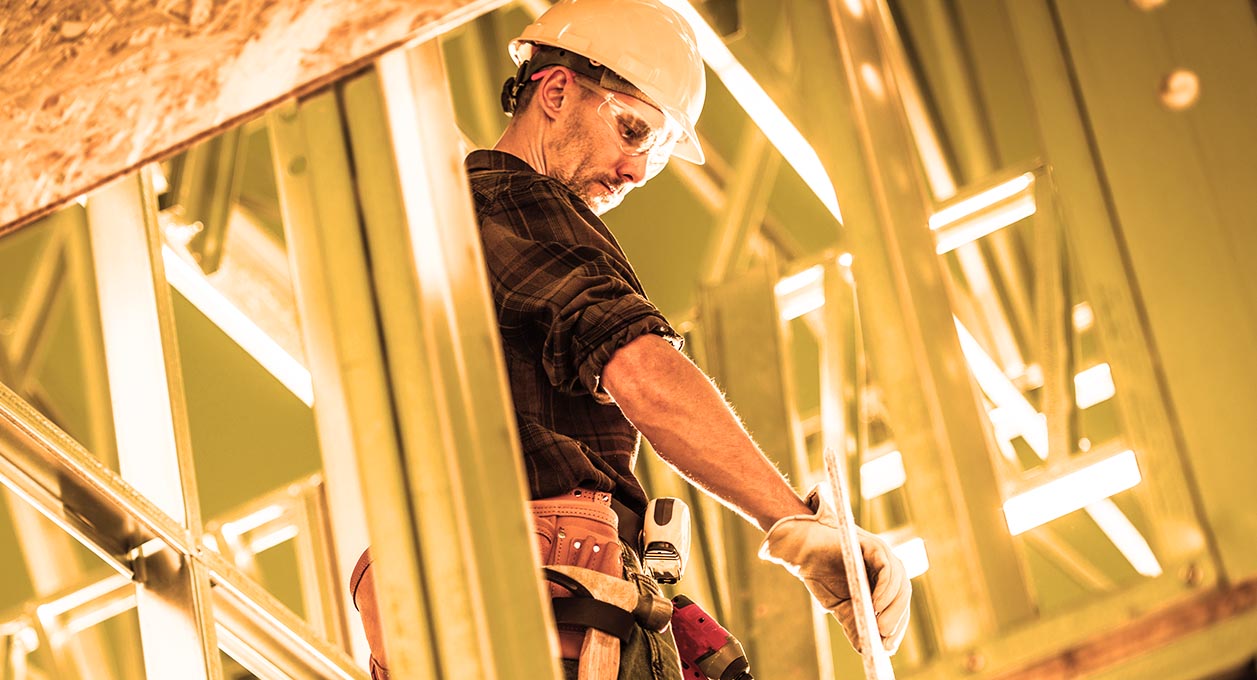
While temperatures have been variable in the UK this summer, the UK’s ten warmest years on record have all occurred since 2002 and overall, the world is hotting up; the highest temperature ever recorded on earth was observed in Death Valley on June 9th 2021, where it reached of 54.4°C. With extreme hot spells often arriving with little warning, employers and employees alike must be ready to recognise and manage the risks.
Be educated about sun protection
The potential for skin damage and skin cancer from unprotected exposure to the sun’s ultraviolet (UV) rays is one of the better understood hot weather hazards, yet according to the Royal Marsden NHS Foundation Trust, skin cancer is rising faster than any other common cancer. It’s therefore essential that outdoor workers understand the risks and know how to stay protected.
All skin types are susceptible to damage, but people with red or fair hair and light coloured eyes and those with many moles are at increased risk.
The good news is that skin cancer is almost entirely preventable and several measures can be taken to stay safe when working in the sun. These include: Keeping t-shirts and tops on, wearing a hat that covers areas vulnerable to sunburn – such as the ears and back of the neck, staying in the shade where possible, using a high factor sunscreen of SPF 15+ and checking skin regularly for unusual spots or moles.
For more see: www.hse.gov.uk/pubns/indg337.pdf
Be alert to heat-related illnesses
As temperatures rise so does the risk of suffering heat-related illnesses, commonly referred to as heat stress. Heat stress can include relatively minor issues like heat cramp and heat rash along with more severe conditions such as heat exhaustion and heatstroke. Treating heat exhaustion quickly can reverse the effects but a blood temperature rise above 39.5°C can turn into heatstroke, which is a medical emergency. Regular training can help workers to recognise and respond to the signs of heat-related illnesses.
Consider control measures
Several control measures can reduce the risks associated with working in the heat. These include scheduling work for cooler times of day and alternating tasks to avoid sustained periods of outdoor work. It’s also a good idea to provide shade where possible and consider window tints for vehicles operating in direct sunlight. Increasing the frequency of breaks during hot spells and providing shaded or air-conditioned rest areas with access to water can also be helpful.
Provide protection
Covering up with long-sleeved cool clothing, wearing hard hat neck shades or legionnaires hats with a flap and brim to protect the ears and neck and using high-factor sunscreen can all help guard against sunburn while breathable safety footwear can ensure workers stay comfortable and protected.
Some workers may appreciate cooling vests that can be ice-cooled like ice packs and cooling bandanas, towels and wraps.
When it comes to sunglasses, look for the European CE mark, which indicates a safe level of protection. Ideally sunglasses should be close fitting and wrap around to prevent solar UVR entering around the edges and don’t forget to make sure they’re compatible with other PPE.
Create a sun protection policy
Sun protection policies are commonplace in countries such as Australia, where they have a large number of sunny days and a high UV index but as temperatures rise in the UK, they are also becoming more popular.
A sun protection policy could include any of the measures set out above as well as providing details of any training schedules and pledging a commitment to review your approach regularly.
The charity skin.org offers a free Sun Safe Workplaces accreditation scheme which involves creating and uploading a sun protection policy as a written document that records why and how the solar UVR risk is to be managed. www.skcin.org/ourWork/sunSafeWorkplaces.htm
To find out more about how CHAS can help ensure high standards of health and safety throughout your supply chain, visit chas.co.uk
About CHAS:
CHAS is the leading provider of risk prevention, compliance and supply chain management services for clients and contractors.
Since 1997, CHAS (The Contractors Health and Safety Assessment Scheme) has been helping to improve health and safety standards across the UK and safeguard organisations from risk.
CHAS is an authority and trusted advisor on health and safety compliance, responsible for setting industry benchmarks and providing the new Common Assessment Standards.
CHAS’s aim is simple:
- To standardise and simplify health and safety assessment for contractors
- To support organisations in efficiently managing their supply chains
- To deliver a full suite of supply chain management tools.
Find out more at: www.chas.co.uk or call 0345 521 9111.




